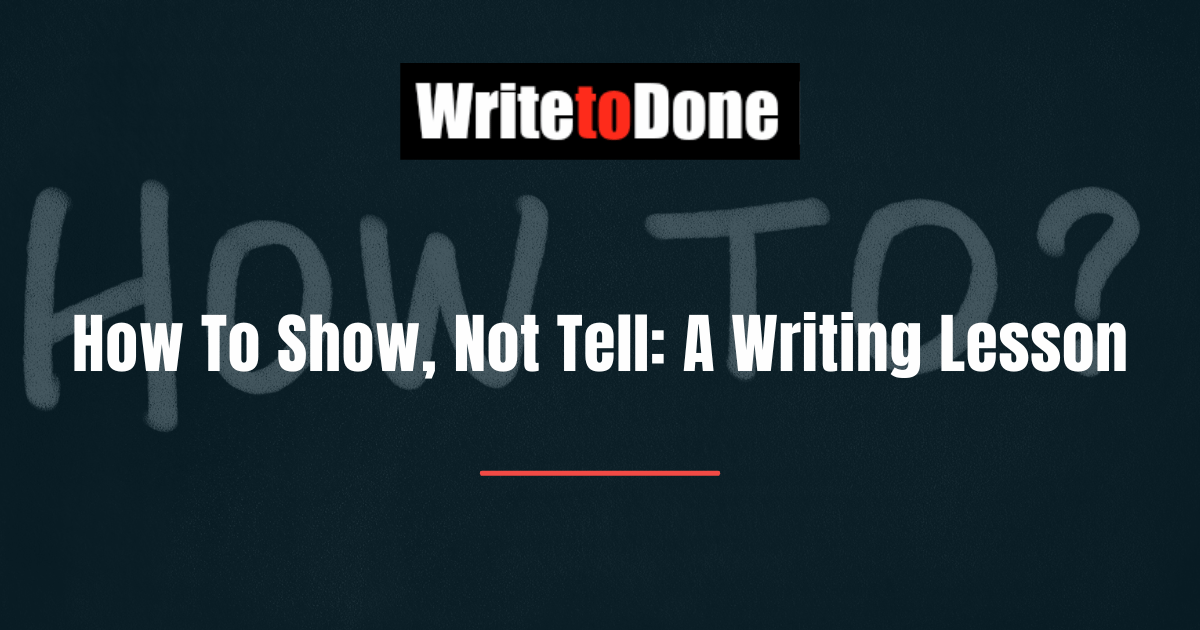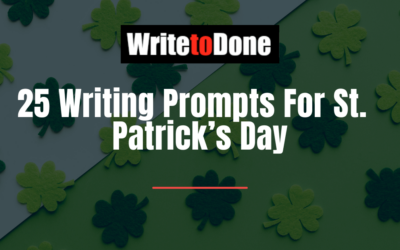I’m sure you agree that whether you write fiction or faction, stories are a great way to convey your message.
Even in fact-focused blog posts, a good story can engage and inspire readers.
As all storytellers know, a good story conveys mood, touches emotions, and holds the reader captive.
A skillful storyteller knows how to show not tell.
As a writer, you need to reach for one of your most important writing tools: description.
Show, not tell – how to do it?
You can find the slogan ‘show, not tell’ in every writing book. But how do you do it? How to make a story come to life?
A few days ago, I chose Smiley’s People by John LeCarré as my bed-time book.
It was a mistake.
Just as the story slid from harmless to menacing in the space of a couple of pages, the lights went out.
I fumbled for a torch, but couldn’t find it. The growling wind, the sheets of lightning – everything seemed to spell danger. I couldn’t sleep.
How did Le Carré do it?
How did he weave his story so well that its mood colored my experience? Well, Le Carré knows how to show. His descriptions get under the skin.
People: how to describe what lies beneath the skin
Describing people can be tricky because it’s easy to slip into clichés.
So often we read stuff like this: “She was tall. Her dark hair …”
Jabber, jabber, jabber. Such descriptions don’t show what’s beneath the skin.
In contrast, here are some examples from Smiley’s People:
Barley looked at Clive, who had one of those English faces that seemed to have been embalmed while he was still a boy king, at his hard clever eyes with nothing behind them, at the ash beneath his skin.
And here’s how Le Carré introduces a new character:
There was a knock at the door and Wintle came in, an eternal student of fifty-seven. He was tall but crooked, with a curly grey head that shot off at an angle, and an air of brilliance almost extinguished… He sat with his knees together and held his sherry glass away from him like a chemical retort he wasn’t sure of.
You can see and feel Wintle, can’t you? One of the interesting things here – apart from the brilliant characterization – is that we get a sense not only of the character, but also of the observer’s experience.
But what about mood? That’s when landscape becomes a major player.
How to use landscape to create mood
Le Carré is a maestro of menace. Here is how he describes the landscape of an interrogation facility:
The gates opened electronically and beyond them lay mounds of clipped grass like mass graves grown over. Olive downs stretched towards the sunset. A mushroom-shaped cloud would have looked entirely natural.
Bleak. As a reader you know right away that there are no happy voices here.
A description gives the reader a moment to reflect, to feel, to intuit. It’s like a pause in the forward momentum of a piece.
What you need to know about pace
A description slows down the pace. That’s not necessarily a bad thing.
As the great Sol Stein says in Stein on Writing:
The best of good books have purposeful slowdowns in pace from time to time because the author knows that readers, like athletes, must catch their breath.
But you need to crank the pace up again. Here is how LeCarre changes the pace in a dialogue between Barley and Ned. In the story, Barley has just heard a strange message on the phone.
‘It isn’t a joke, I’m afraid,’ Ned said. ‘It’s actually very serious.’
Lost once more in his own contemplations, Barley slowly replaced the receiver. ‘The line between actually very serious and actually very funny is actually very thin,’ he remarked.
‘Well, let’s cross it, shall we?’ said Ned.
Notice how the long sentence with its hypnotic repetitions slows the pace, and the crisp remark that follows picks it up again.
How descriptions solve the talking heads problem
If you describe a conversation, you are in danger of the ‘talking heads’ syndrome. This means that the reader only gets a floating interchange of ideas – without the grounded context of flesh, bones, feelings, and ambience.
This is where a good description can save the day. As you can see in the examples by LeCarré, descriptions can set the scene, convey the inexpressible, and turn the reader into a witness, instead of remaining a mere bystander.
Please share interesting descriptions (good or bad) in the comments. You may want to add your thoughts on why a particular description works – or why it doesn’t.

Mary Jaksch is Editor-in-Chief at Write to Done. Grab her FREE report How to Write Like an A-List Blogger. Mary has helped thousands of students successfully create outstanding and profitable blogs at A-List Blogging and is the blogger behind Goodlife ZEN.
















